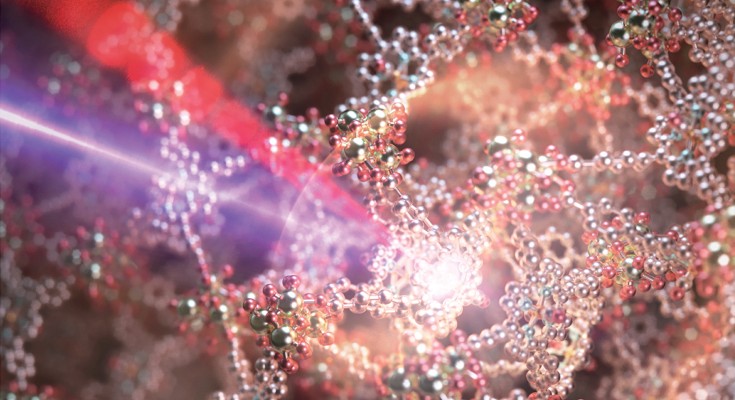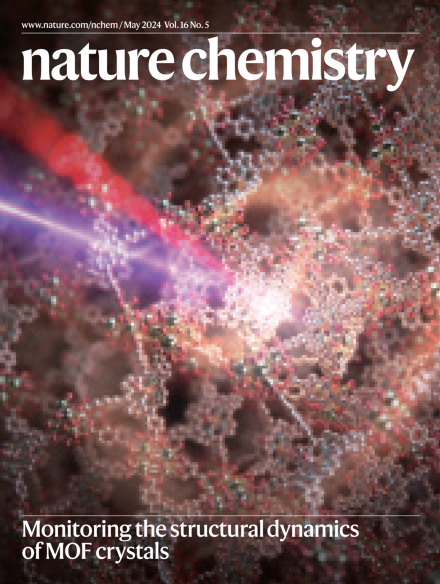
Read our May issue
This month, a Thesis on the chemistry of Jupiter's moons, the usual mix of Articles and News and Views, and an In Your Element on the manufacturing of adipic acid.

This month, a Thesis on the chemistry of Jupiter's moons, the usual mix of Articles and News and Views, and an In Your Element on the manufacturing of adipic acid.


By employing chemo-enzymatic techniques, a diverse 65-member ganglioside glycan library has been generated that provides a comprehensive insight into ganglioside-mediated cellular communication.